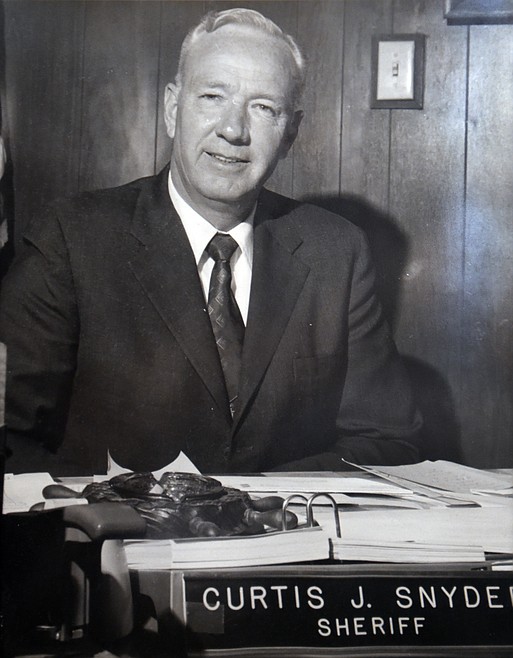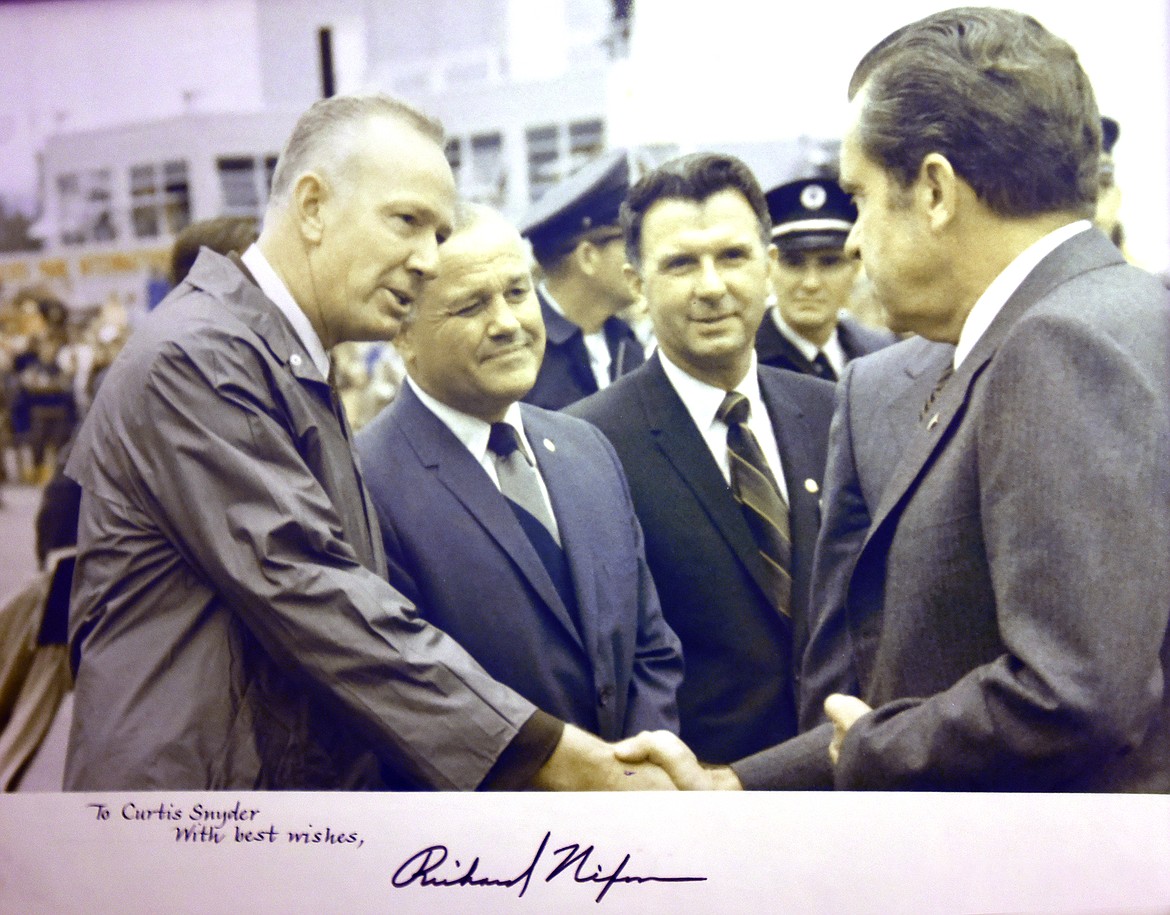Kalispell's oldest living ex-cop recounts storied career
Curtis J. Snyder, 93, saw a little bit of everything during his 41 years in law enforcement....
Support Local News
You have read all of your free articles this month. Select a plan below to start your subscription today.
Already a subscriber? Login
Daily Inter Lake - everything
Print delivery, e-edition and unlimited website access
- $26.24 per month
Daily Inter Lake - unlimited website access
- $9.95 per month




